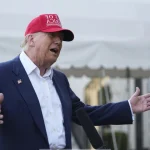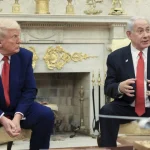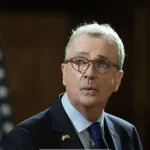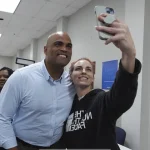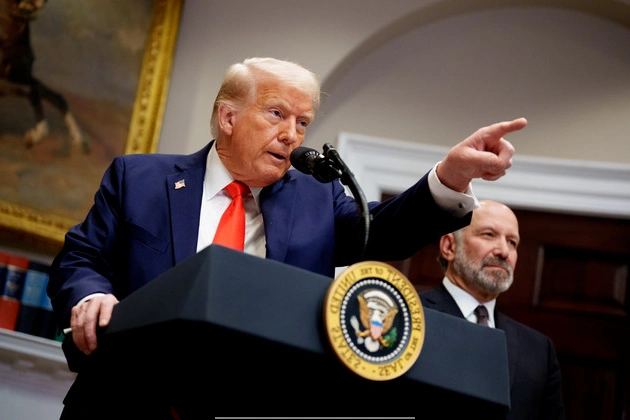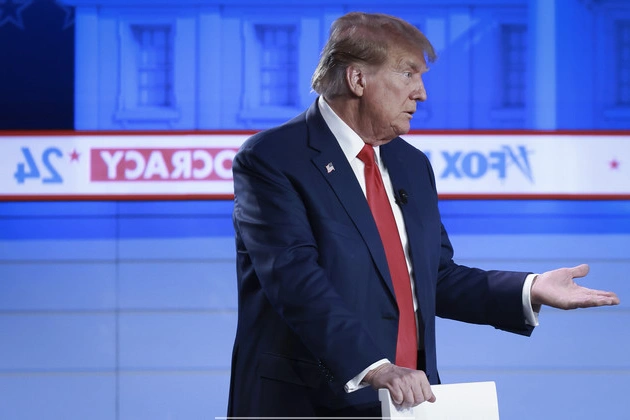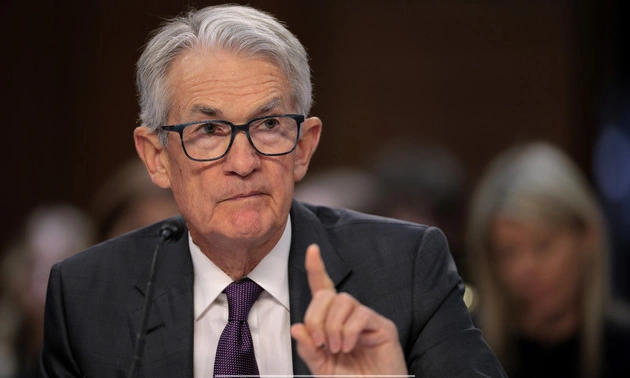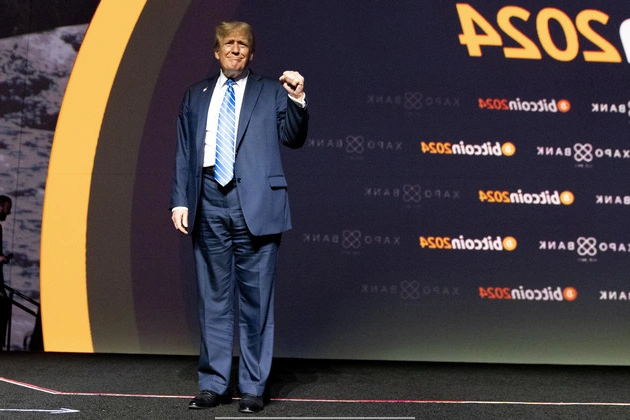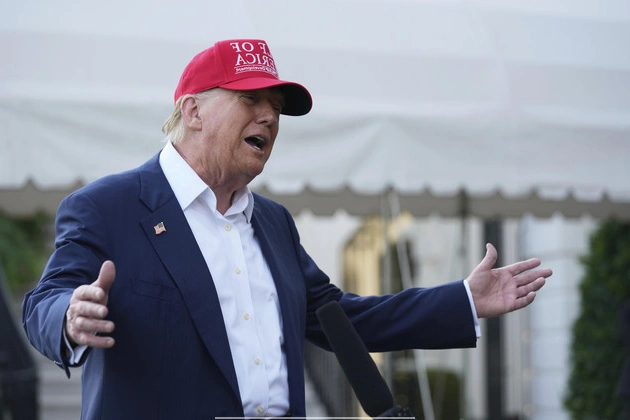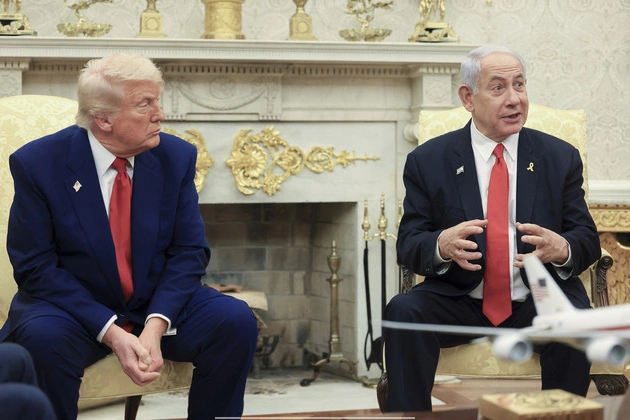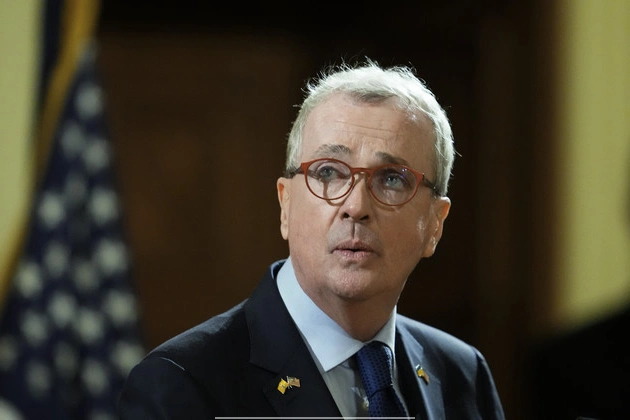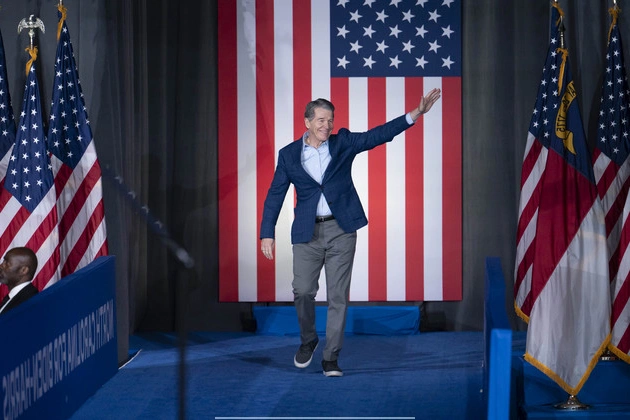
The Trump administration has signaled a hands-off approach to the Federal Reserve’s interest rate decisions but is looking to increase its influence over the central bank’s regulatory functions. This move has raised concerns among Fed officials and external observers about the potential impact on the institution’s independence.
Challenges to Independence
With a recent executive order expanding oversight over independent agencies, including the FCC, FTC, and SEC, the administration aims to exert more control over regulatory bodies. While the order respects the Fed’s monetary policy autonomy, it raises questions about the extent of government intervention in its regulatory role, especially in supervising large banks.
Concerns and Responses
Outgoing Fed Vice Chair Michael Barr has criticized any attempts to undermine the central bank’s regulatory independence, emphasizing the importance of autonomy in enforcement actions. The order’s requirement for agency chairs to consult with the White House on policy and appoint political liaisons has sparked debates about potential conflicts.
Despite these directives, legal constraints limit direct interference in the Fed’s budget and staffing. The Fed’s regional branches operate independently, shielding much of its operations from immediate political influence. However, questions remain about the broader implications of the executive order on the Fed’s supervisory functions.
Future Scenarios
As the administration asserts its authority over regulatory agencies, including the Fed, the dynamics of policymaking and enforcement could shift. While the Fed retains control over monetary policy, the potential for political pressures on regulatory decisions looms large.
Given the Fed’s pivotal role in financial markets and economic stability, any alterations to its regulatory oversight could have far-reaching consequences. The ongoing dialogue between the White House and the Fed will shape the future landscape of financial regulation and policymaking.
